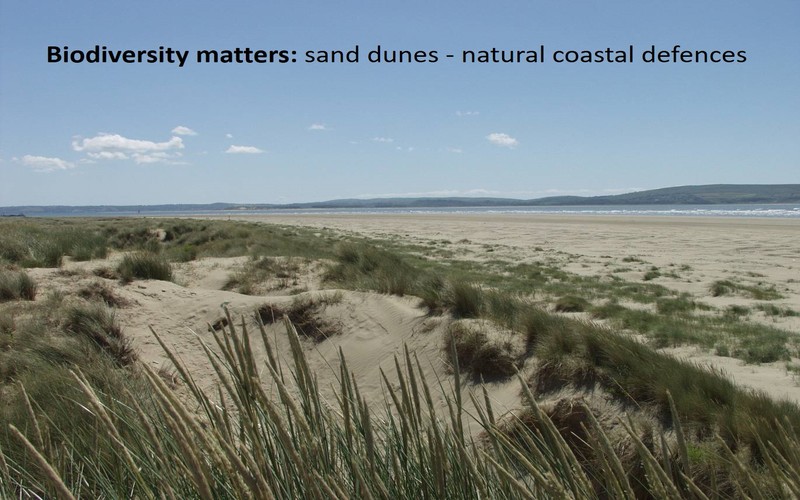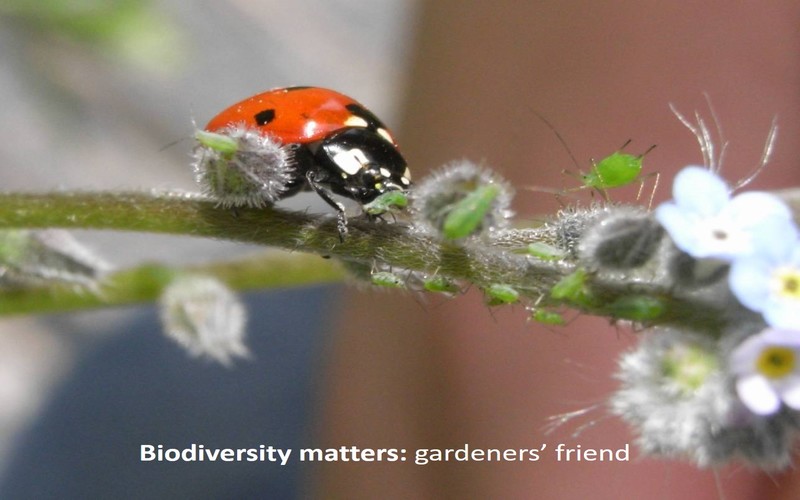Why Biodiversity Matters
Page updated on: 20/02/2025
The natural environment of Wales supports the huge variety the wildlife that lives here. But we must remember that biodiversity also sustains our lives. A healthy natural environment is a vital part of a sustainable and robust society in Wales. Wildlife provides us with pleasure, inspiration and attractive communities.
Carmarthenshire’s natural environment matters to us all - for a whole variety of reasons: ethically, emotionally, environmentally and economically. It is at the very foundation of our society and the basis of our economic success and wellbeing.
Although it is not always obvious, biodiversity provides us with many of the things that sustain our lives, through a number of important services: provisioning, regulating, supporting and cultural services.
A lot of these services we get for free! The cost of replacing these (if possible) would be extremely expensive. For example, bees are vital to our economy – they pollinate many of our crops such as strawberries and apples as well as animal fodder crops such as clover. In 2007 The National Audit Office collated research working out the value of honeybees to the UK economy. The values of the bees’ services were estimated at £200m a year. The retail value of what they pollinate was valued closer to £1bn.
In 2019 the State of Nature Report highlighted that the net loss of biodiversity appears to be ongoing, and despite some success in Wales, such as the recovery of otters and red kites, the loss of biodiversity and the declines in the favourable conservation status of many habitats and designated sites is continuing. Changing land-management practices, through agriculture and urbanisation, pollution and invasive non-native species are all key pressures leading to habitat and species loss and fragmentation.


































